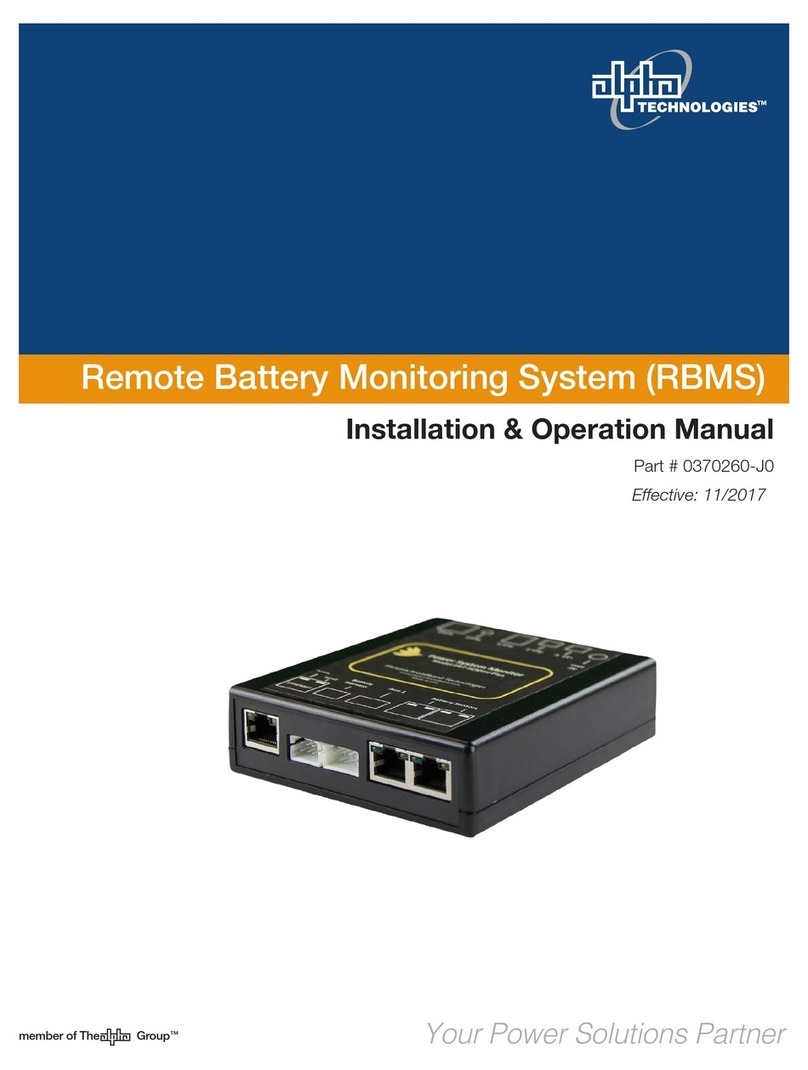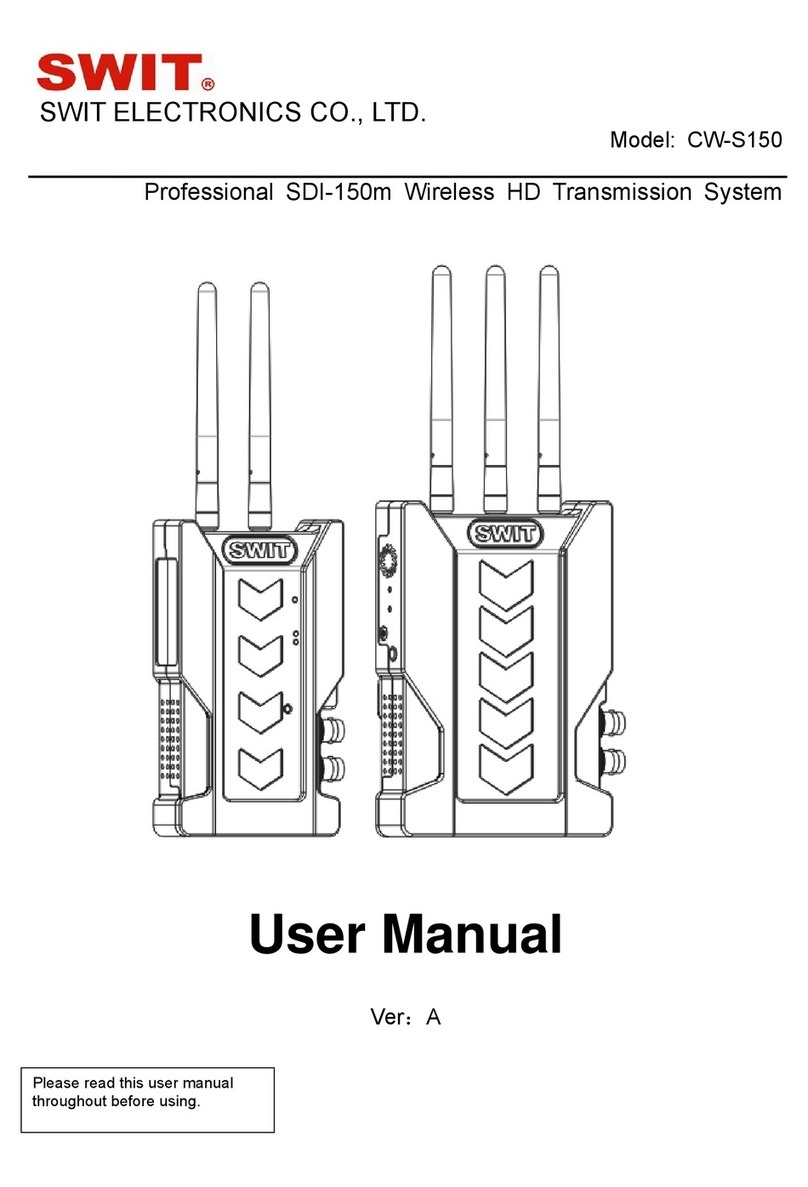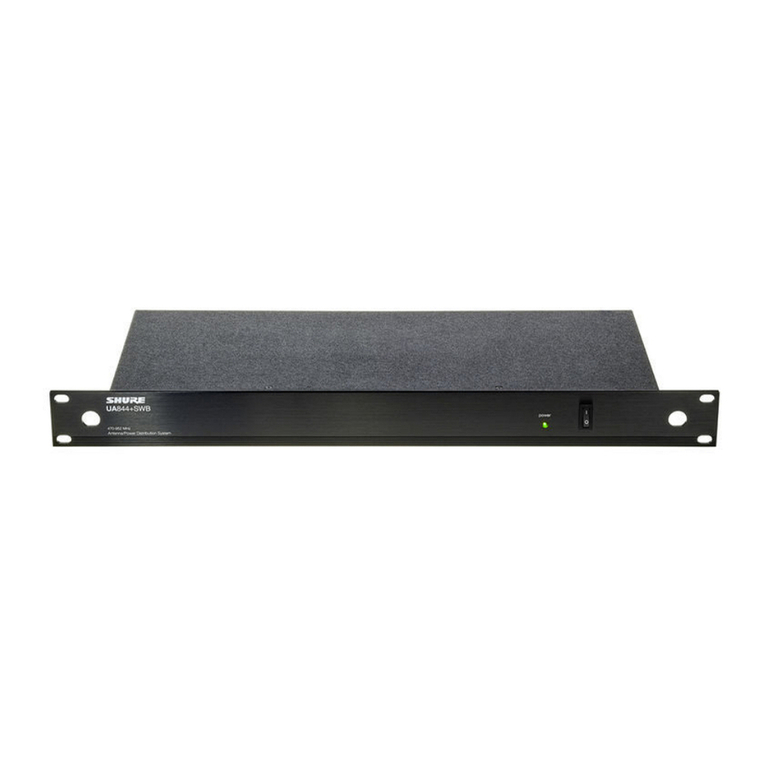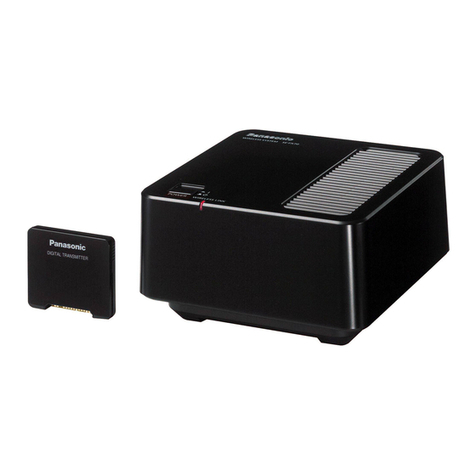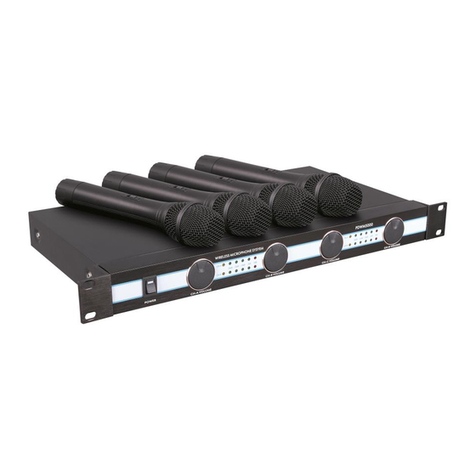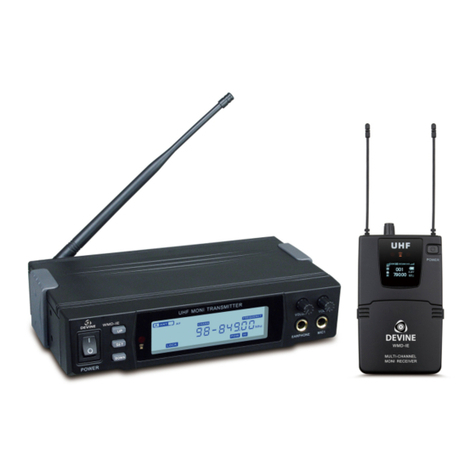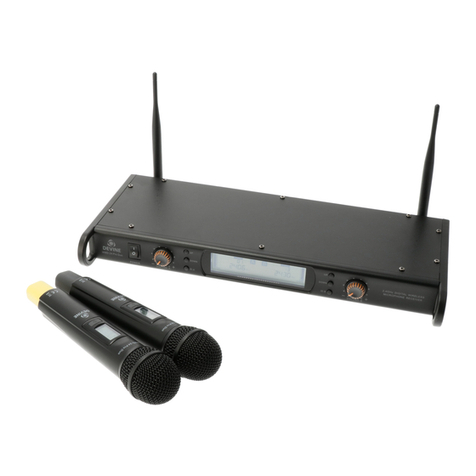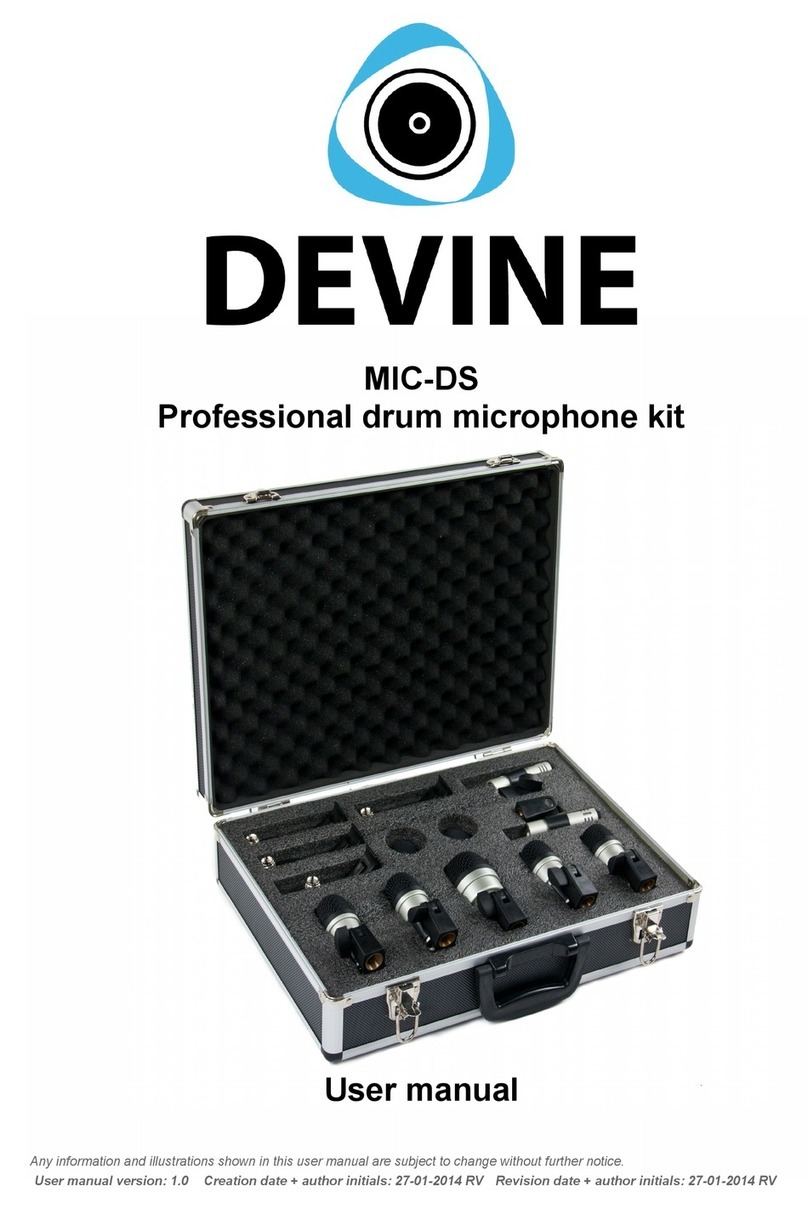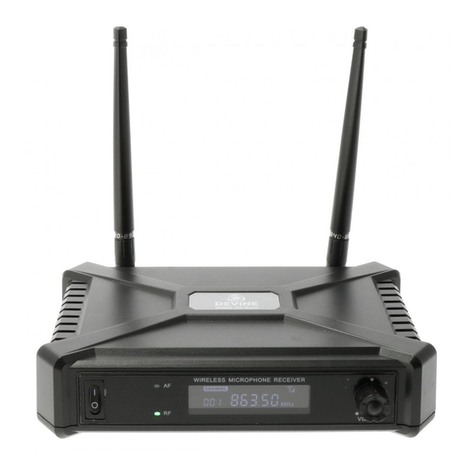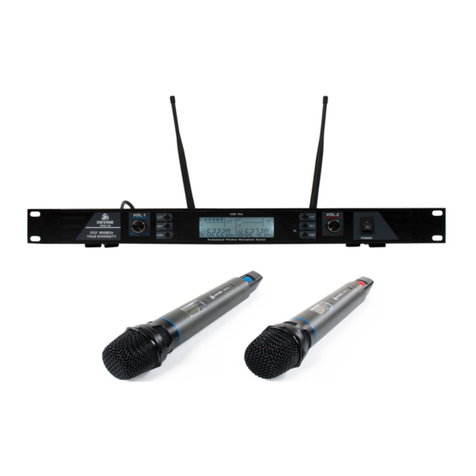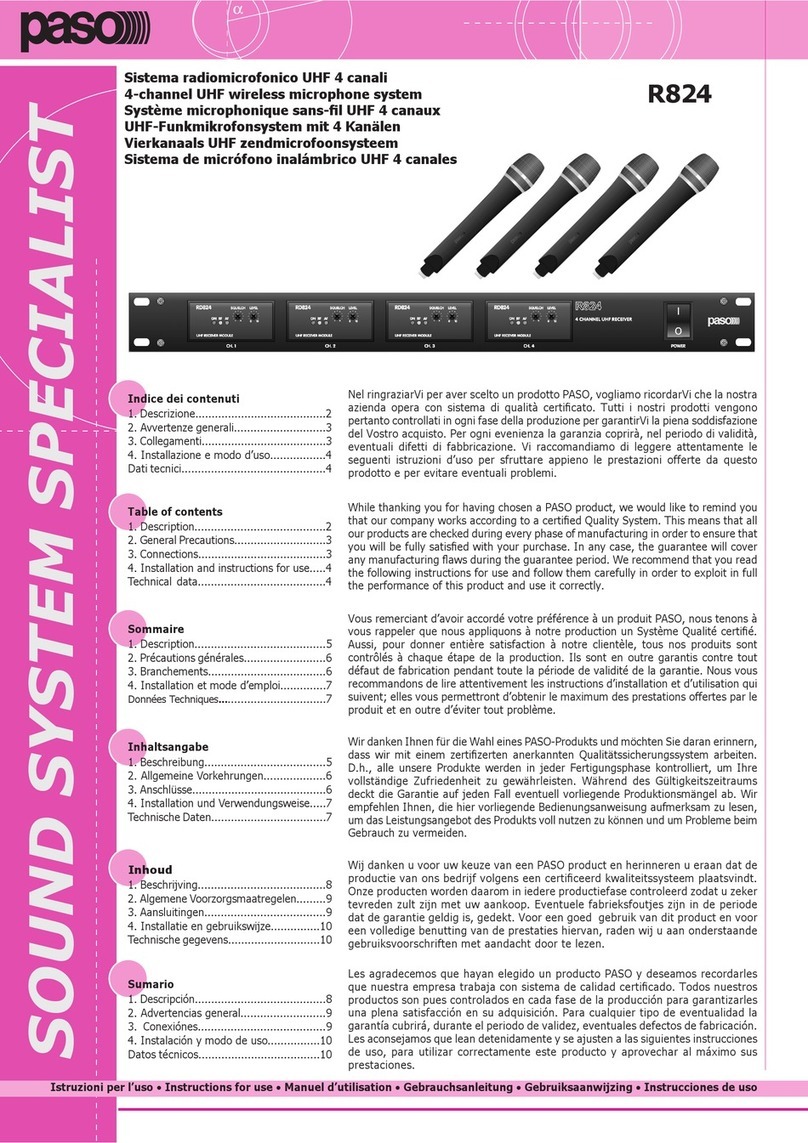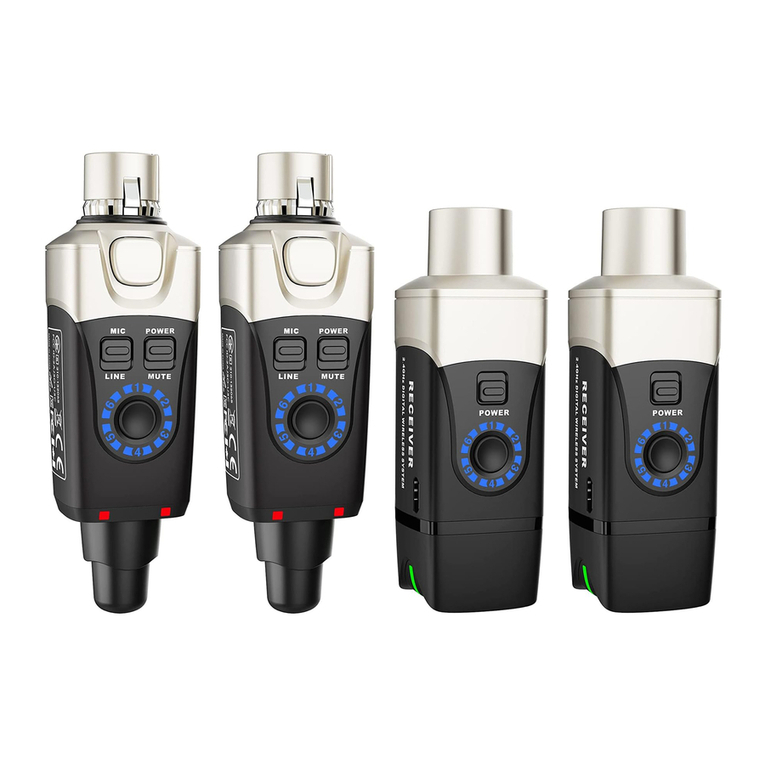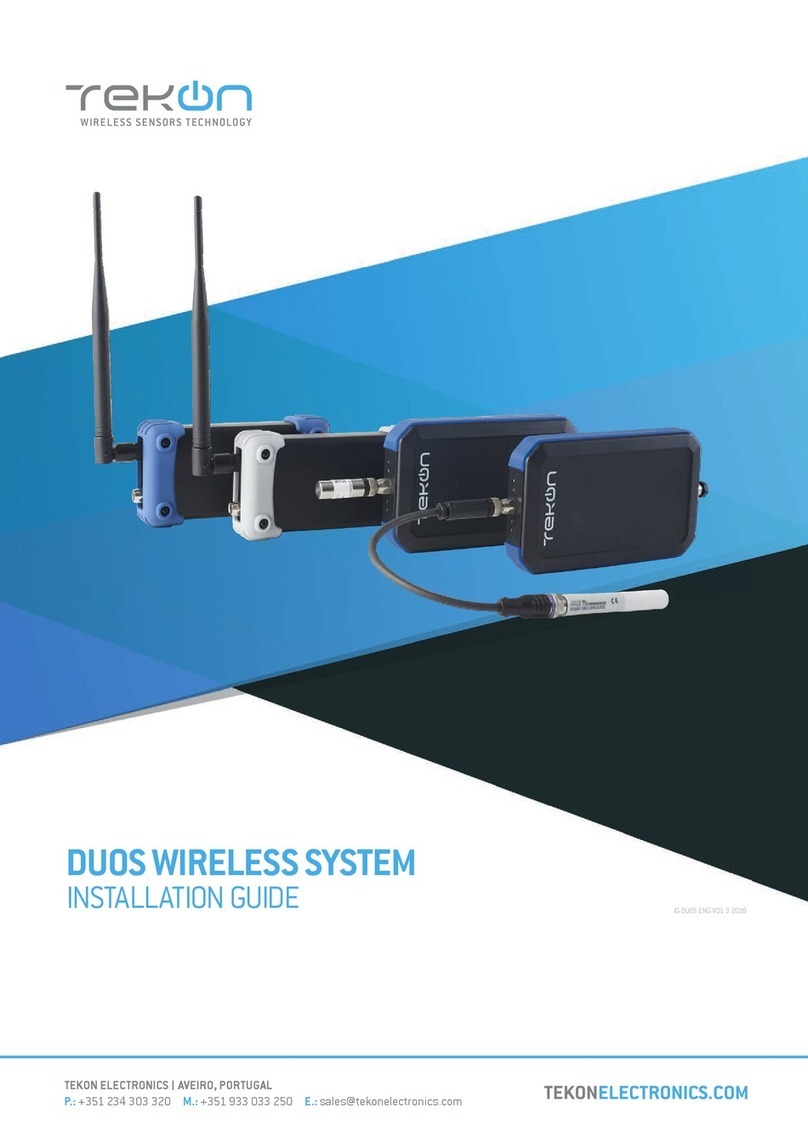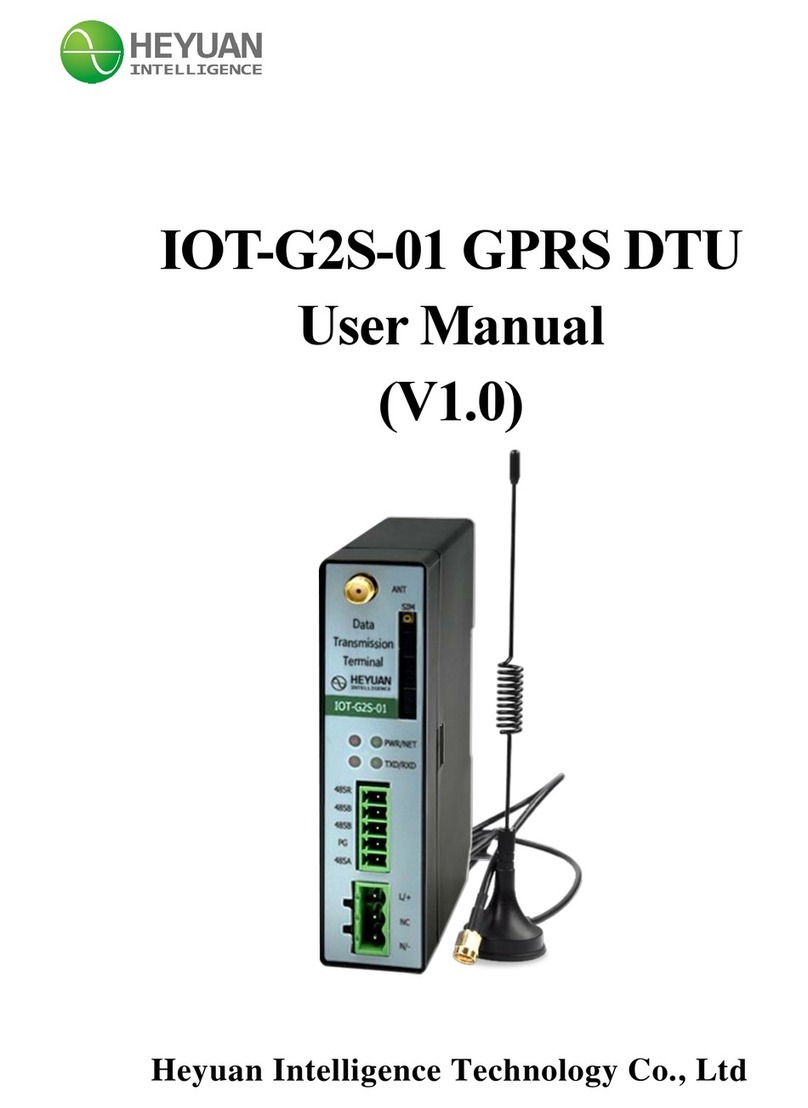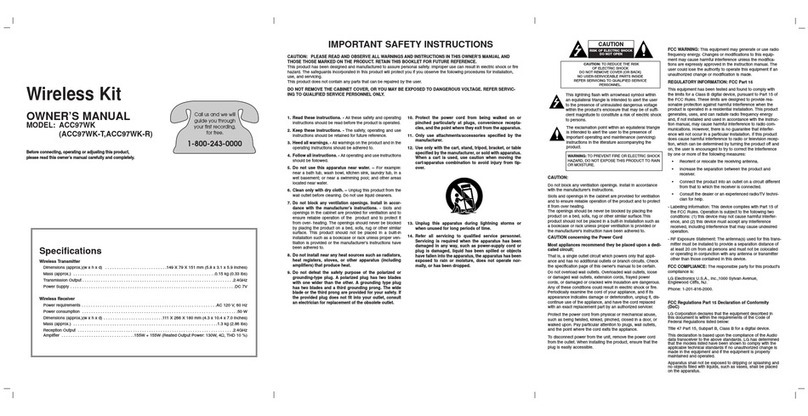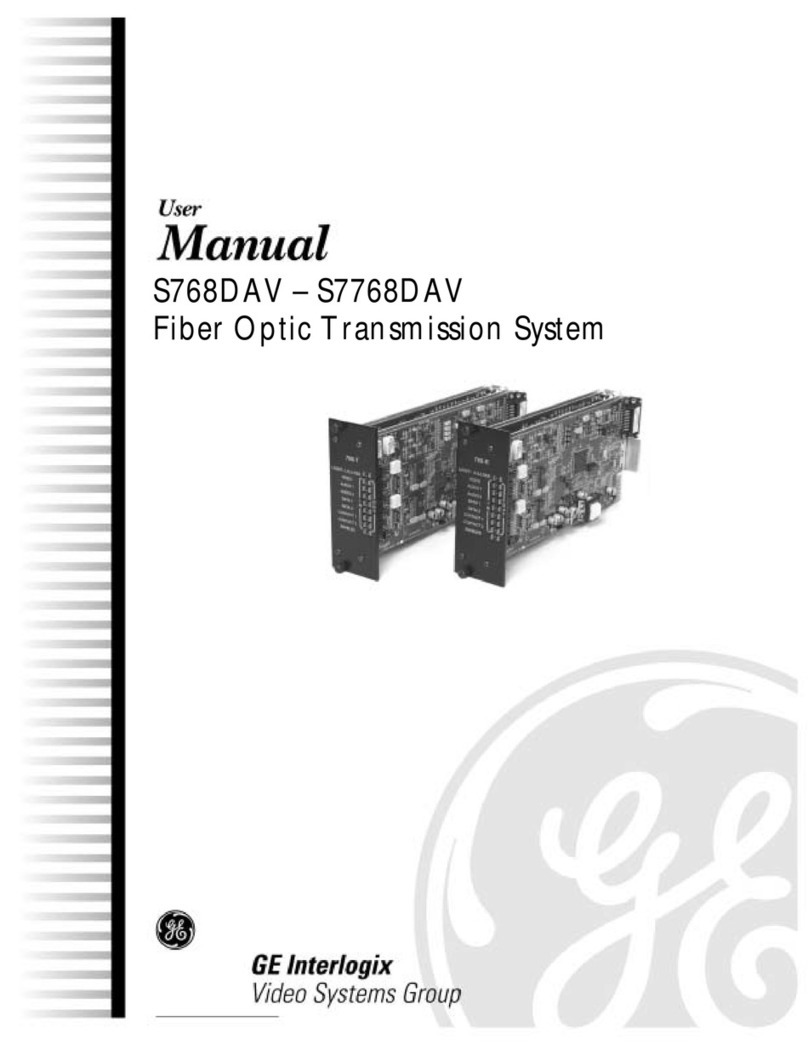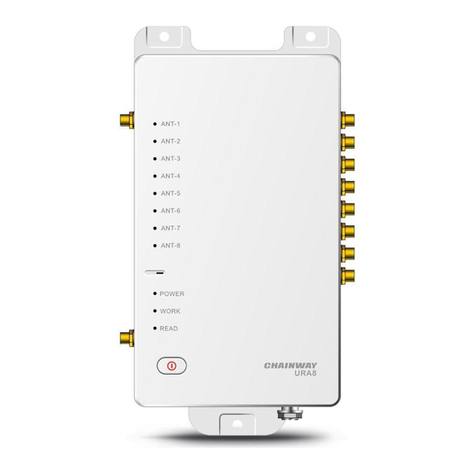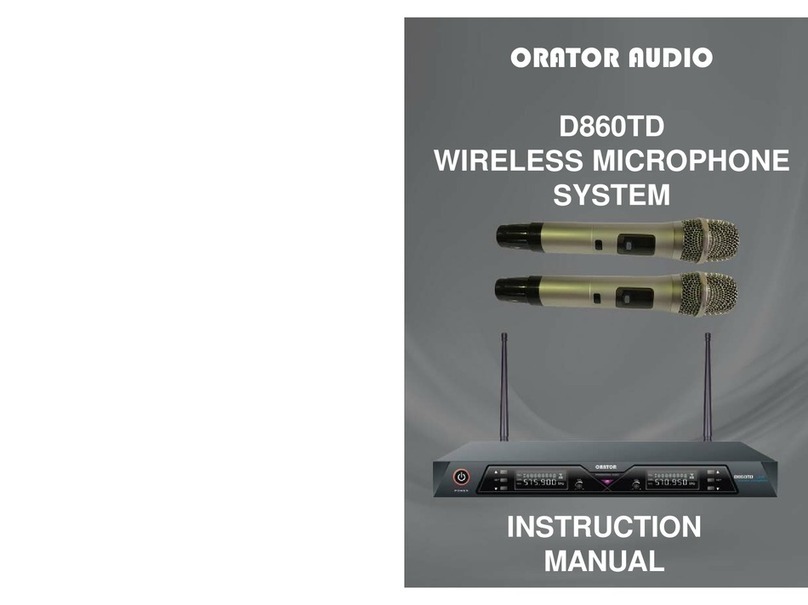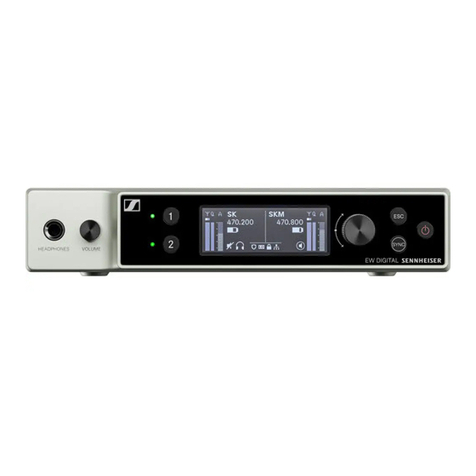Safety Instructions
Every person involved with the installation, operation and maintenance of this device must:
- Be qualified
- Be skilled
- Have read the instructions included in this user manual
- Be sure that neither the device nor the included accessories are damaged Should the device or the
included accessories be damaged, please contact your retailer for further advice
- Ensure that the device is in good working condition and is safe to operate Please follow the advice and
instructions as they are described in this user manual
Damage caused by misuse and/or modifications made to the device are not covered by the warranty
This device does not contain any parts that can be repaired or replaced by the user Should maintenance or
repairs be necessary, they must be carried out by a qualified technician
Important information regarding health and safety:
- Do not remove any labels or stickers from this device
- Do not leave any cables lying around where they are in danger of causing a tripping hazard
- The housing of this device must not be opened and any hardware or software that may be present must not
be modified
- For optimal performance, any inputs of the device should not be fed with a signal higher than necessary
- The device must only be used indoors; contact with water, rain and moisture must always be avoided Do
not place any objects containing liquid on top of the device
- Remove the device from any nearby flames or heat sources; do not place it near flammable fluids, gasses
or objects
- Disconnect this device from a power source if it is not being used for a long period of time, if maintenance is
necessary, or if it needs to be cleaned
– Do not pull or tug on the cable to remove a plug as this may cause damage
- Do not use any cables other than those specified in this manual Do not use defective cables Please
contact your retailer if the included or necessary cables do not function properly with this device
- Only power this device using a grounded power source
- In the event that the device is exposed to extreme temperature changes (e g transported from a cold
outdoor environment into a warm indoor environment), it should not be turned on until it has reached room
temperature This is necessary to prevent moisture (condensation) from forming inside the device, which
could lead to electric shocks
Use & Operation Guidelines:
- This device is intended for indoor use and must only be operated by adults
- This device is not suitable for use by children and must always be operated by an adult
- This device can only be used in appropriate environments where no damage to the device can occur Do
not use the device in moist or dusty environments such as:
- indoor swimming pools where chlorine is used
- beaches or any location where sand and/or salt is present
- outdoors
The information included in this user manual is subject to change at any time and without notification:
Version:
1.0
Date and author initials: 19-09-2020 RV Revision date and author initials:
